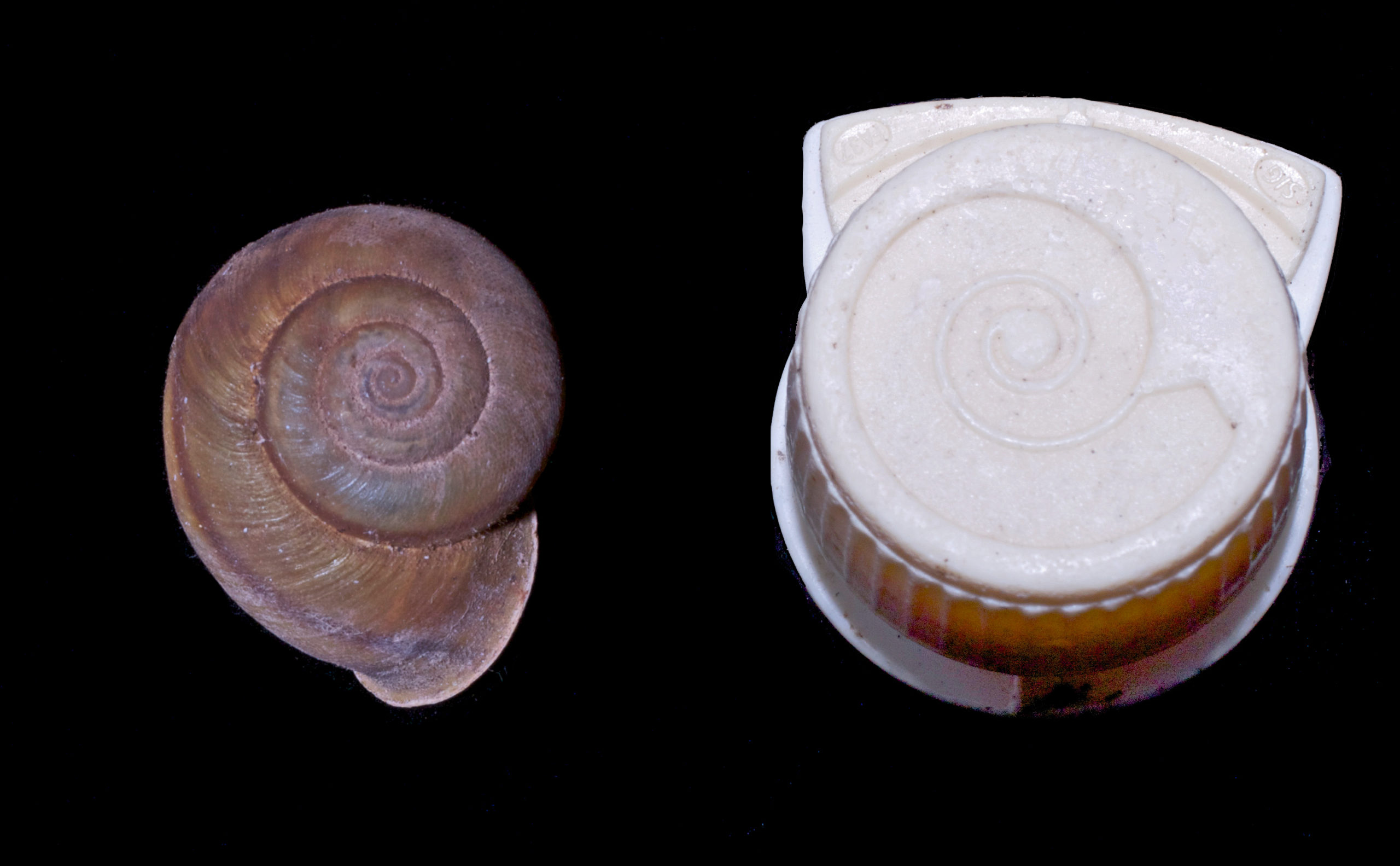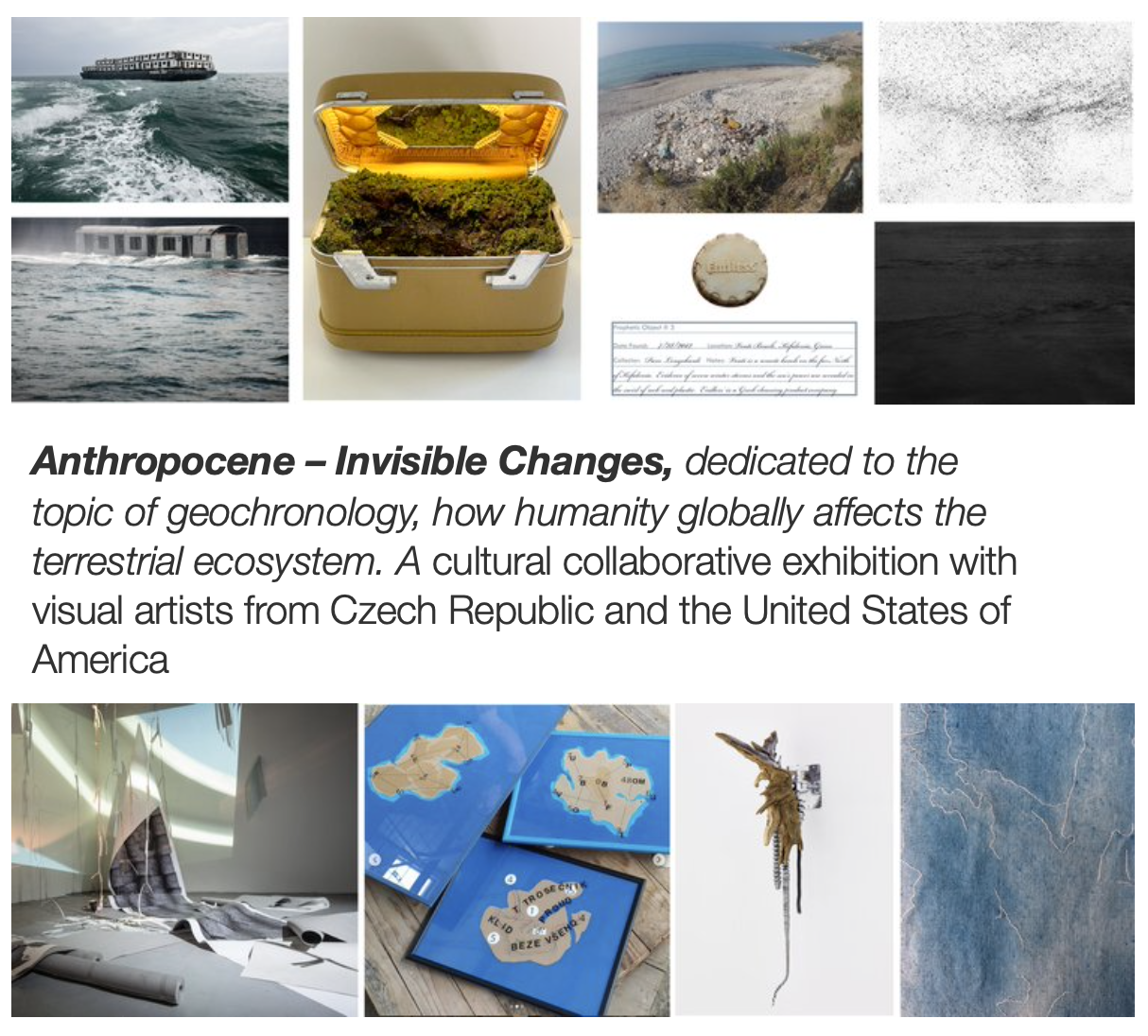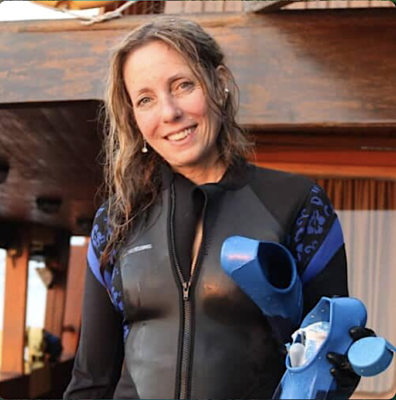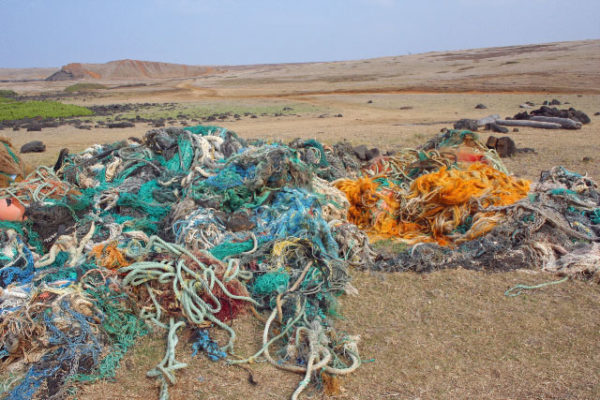The exhibition in Prague is an exchange show with Czech and American artists. I am exhibiting a series of large-scale photographic cartouches with a sculptural installation, and was followed by a 2nd show at Front Room Gallery in NY in Feb 2023.
Galerie kritiků, Palác Adria, Jungmannova 31/36, Prague 1, Czech Republic . Curators: Vlasta Čiháková-Noshiro, Petra Valentová and Kathleen Vance
Artists : Sasha Bezzubov, Pamela Longobardi, Stephen Mallon, Lucie Svoboda Mičíková, Jan Pfeiffer, Adam Vačkář, Petra Gupta Valentová, Kathleen Vance
The Anthropocene is a relatively new term in the field of geochronology, introduced by scientists to denote the period when humanity began to globally influence the Earth’s ecosystem. The term is composed of two Greek words “anthropos=man” and “kainos=new”. It was introduced by ecologist Eugene Stoermer at the beginning of the millennium and popularized by Nobel Prize-winning atmospheric chemist Paul Crutzen. He considered the influence of human behavior on the Earth’s atmosphere to be so significant that he advocated that modern human history be designated as a new geological period. At present, however, it is not yet clear at what point the Anthropocene should begin. According to some considerations, this should be the period of the Industrial Revolution, when the presence of carbon and methane in the Earth’s atmosphere began to increase in the early 19th century. However, man began to influence the Earth already several thousand years ago, for example with the discovery and expansion of agriculture about eight thousand years ago. The Anthropocene would then include a larger part of the Holocene, or it would even be just another name for the Holocene (the second and last epoch, also known as the younger Quaternary). It represents the youngest geological period that began with the end of the last ice age and is still ongoing. The end of the Ice Age is characterized by a large-scale climate change – gradual warming. This period is also sometimes referred to as the Ice Age (Postglacial). Given the fact that ice ages are repeated and alternated with shorter interglacials, the Holocene is probably the most recent interglacial epoch.
The Anthropocene Working Group (AWG) now takes the position that the beginning of this period should optimally be placed in the middle of the 20th century, when there was a significant increase in population, industrialization and globalization as such. The reason is the nuclear tests peaking in the 1950s, as a result of which artificial radioactive particles got into the soil. The proposal was addressed by the International Commission on Stratigraphy, and the AWG voted by majority in May 2019 to adopt the form of the proposal to introduce the Anthropocene as an official geological period, the next discussion of which was in 2021.
We are aware of the visible changes around us in terms of the environment, climate change, problems with water and soil moisture, open for discussion not only by experts, but also by all of us. We find ourselves at a time when we are increasingly witnessing both visible and invisible changes caused by human actions. Changes that happen slowly, in time and space in different places, sometimes on a smaller scale, sometimes on a massive and destructive scale. But what is certain is that changes are taking place on the surface and hidden deep in the landscape, in climate disturbances, in the lack of water supply, in society and in ourselves. New processes have entered our future plans and are inevitable. They dwell in our minds, fears and perhaps even hopes. No borders, no social and cultural differences are respected here.
The theme of visible and invisible changes unites four Czech and four American artists who reflect the changes in this exhibition. The Anthropocene exhibition follows on from the previous Metaplay exhibition project (2015-2016), which brought together Czech and American artists at the Gallery of Critics in Prague and later at the National House in New York. The title used as a metaphor for a game within a game, a story within a story, according to its original meaning. From a conceptual point of view, this term was fundamental, emphasizing the principle of appropriating certain methodological procedures or concepts taken from the history of art or part of visual reality. He also pointed to the demise of closed systems of thought and their updated deconstruction. It also included the possibility of connecting different techniques in the sense of intermediality with an emphasis on interactive communication with the viewer. The traveling exhibition, including a discussion with experts, took place during the exhibition at the Critics’ Gallery in Prague, and at the Czech Cultural Center in N.Y.C and Front Room Gallery in Hudson.






